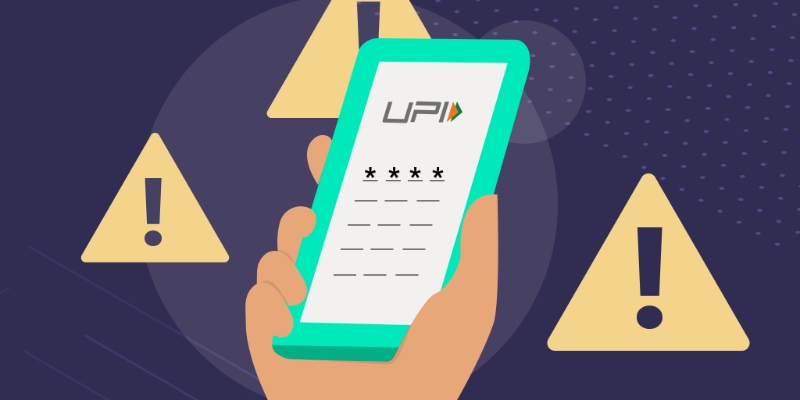In today's age of online transactions and money transfers, screenshots of payments have become a popular way for the merchant or third party to start delivery or fulfilment of the transaction. However, some scammers have been successful in tricking the system by creating phony screenshots and deceiving the merchant or third party. In fact, a quick Google search for "fake screenshot payments" returns thousands of articles discussing this type of fraud. What's worse is that you'll run into websites and YouTube videos that promise to assist in creating phoney screenshots.

What's going on here? What can you do in this regard?
It's an easy problem. A fraudster pressures a merchant to finish a transaction (usually a sale of goods or services, the issue of a ticket, or the receipt of something of value) before receiving the bank's confirmation of the receipt of money or payment by presenting a screenshot as fictitious payment evidence. The merchant may lose days of actual business if they consistently wait for the right confirmation. In addition, they risk suffering financial damages if they are unable to authenticate the payment.
Delhi man scammed by fake loan WhatsApp group
Sending links on payment apps, sending messages about unpaid electricity or other bills, getting in touch with sellers through OLX or other applications, and providing loans with lower rates are just a few of the new techniques scammers have started using in recent years to defraud people of their hard-earned money.
Krishna, a native of West Delhi, was searching for quick money making opportunities. He joined a WhatsApp group where he saw a post about a quick online loan. Krishna dialed the person's number and was given a link to download the Ring app. He got it downloaded.
He sent his OTP to the person on the other end of the line throughout the verification process. He had no idea that he was giving a total stranger his net banking information. As his back balance decreased to almost zero over the course of the next few hours, much to his utter horror, he realized he had made a mistake.
Similar to this, there are pan-Indian organizations who prey on the trusting by setting up bogus online stores under the names of well-known clothing or technology brands. Additionally, they possess a large number of fictitious websites with plausible domain names, like aggarwalandsons.co.in, hindsolution.co.in, bansaltraders.com, sunsolar.com, and others. They specifically go after customers who want to buy branded goods for less money.
Man scammed after receiving a proof of payment screenshot on OLX
When South Delhi resident Kushal Sharma tried to purchase an AC, the con artists tricked him. He lost Rs 28,472 after falling into one of these fraudulent websites' traps.
He paid in advance in the hopes of receiving the household appliance at a far lower cost than on the open market, but that did not materialize and he did not obtain any delivery. His attempts to get in touch with the seller proved fruitless because the provided mobile phone number was constantly off.
How to identify if a Buyer/Seller is fake?
- When a buyer pretends to have transferred you money via Google-Pe, Phone-Pe, etc., but the money is really taken from your account.
- The buyer requests that you ship the item before they pay for it or offers phony payment documentation.
- The buyer will request the item without first checking it and will deceive by giving fake payment confirmations, messages, etc.
- Demand non-cash payment methods: Usually, the buyer is adamant about utilizing a cheque. Note that banks are not liable if note cheques bounce.
- The buyer requests personal data such as your ID, bank account information, email address, and debit or credit card number.
How to avoid getting scammed?
1. Verify details of buyer/seller before proceeding to payment.
2. Any individual showing urgency or not waiting for a reasonable amount of time is likely to be a scammer.
3. You should never scan a QR code, share an OTP, or visit a link given by anyone on the internet.
4. Your One Time Password (OTP), UPI pin, and other secret information should not be shared on WhatsApp. Never provide banking information if anyone asks you to and always contact your bank. There is a possibility of fraud here.
5. It is recommended that digital escrow platforms be used for payment. When making an online payment with Escrow, you do not share your financial information with anyone. There is a platform for escrow called Vouch.
Digital Escrow Service In India.
Digital escrow services are offered by many companies in India. Among the most trusted is Vouch.
Vouch’s Digital Escrow service is a transparent way for buyers and sellers to build trust and secure a clean transfer of product and payment. Sellers can feel assured that they will be fairly compensated promptly, and buyers will feel confident that their order will be delivered as expected and on schedule. Vouch Digital Escrow keeps you updated and informed at every step of the transaction process till the end. Vouch’s professionals are always available to assist you with all queries that you may have during the entire transaction process.
There is no scope for deceit or fraud since the payments, shipping, delivery, and execution are carried out under the honest and watchful eyes of the Vouch’s professionals. With Vouch, any business transaction becomes transparent, uncomplicated, and hassle-free.
Check back here to learn more about Escrow and how to protect yourself from fraud.
----------------------------------------------------------------------------------
Safety is not just about protecting your credit, debit card number, and UPI accounts. It's about having control of your money till you've received the product or service you bought online!
As you're now aware of the importance of online safety, let's get your transactions secure on Vouch. It's just a click away.






